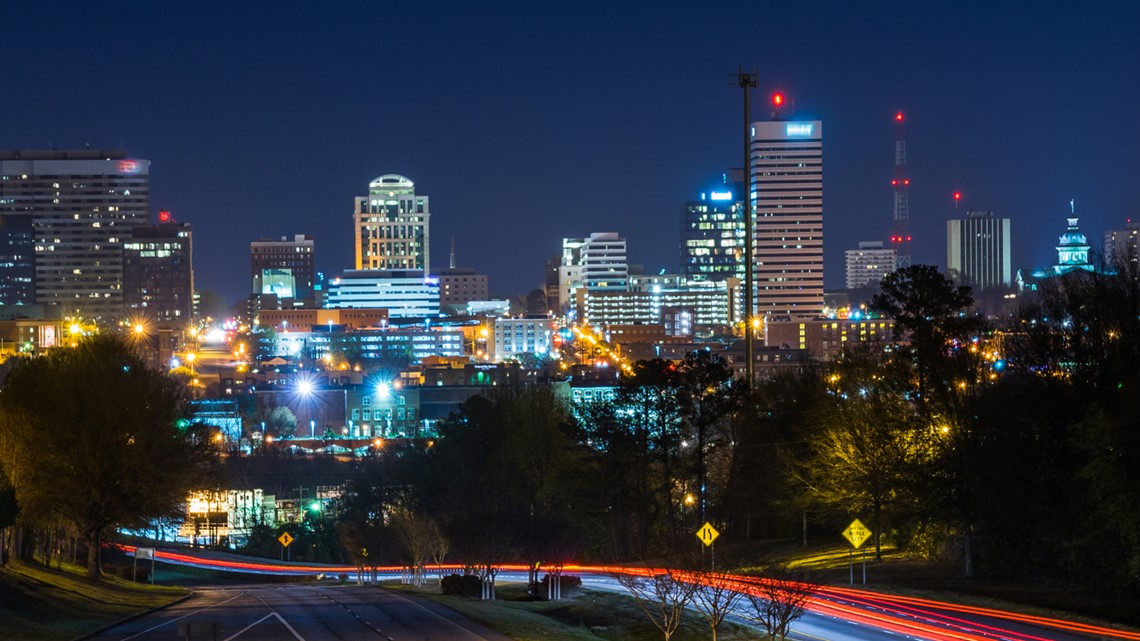
‘Blue Zones’ are areas with high life expectancy. Columbia is hoping to become one of those.
COLUMBIA, S.C. — Improving life expectancy in the capital city is the goal of a proposed initiative in front of city and civic leaders.
Anthony Jackson the president of Prisma Baptist Hospital in Columbia says the city is facing an issue of health disparity and a lack of healthy lifestyle options.
He says, “When you think about the city of Columbia if you live in one part of town your life expectancy is 87 years old. If you live in another part, it’s 64 [years old]. That’s a 23-year difference.”
He was one of the many leaders in attendance for a pitch from the organization ‘Blue Zones.’
Blue Zones are defined as areas where life expectancy is above average, thanks to healthy lifestyles, diets, and healthcare.
Jackson says, “If it were possible for one entity to carry this and make the improvements needed, it would’ve been some time ago. Blue zones is an opportunity for us to bring together churches, civic leaders, business leaders, and insurance companies across the board to work together to address these issues, to improve the health of our city and thus the state.”
Executive Vice President Dan Buettner Jr. says spoke during the presentation and said he and his team are inviting Columbia to join the list of cities that have pledged to become Blue Zones.
He explained, that his team would. develop a blueprint then, “hire people from Columbia, from the midlands, people that know the community. [then] train them to go out and get critical mass in people places and policy.” He added, “A second strike team is going to go hit the pavement to places, offering free certification for grocery stores. Worksites, restaurants, schools, churches, mosques, synagogues.”
Columbia mayor Daniel Rickenmann was in attendance and said he’s a fan of the Blue Zone idea and thinks certain measures could be added to the city to push people into a healthy lifestyle.
“We also have to address the issues that prevent people from walking places like neighborhoods that don’t have sidewalks. We have neighborhoods that don’t have green space. But policies of changing – you know- should you allow fast food stores within four blocks of elementary schools, doing things to look at how are we setting ourselves up.”
Rickenmann says resources and education can help, too, adding, “There’s so much information that is not getting to people so for me it’s a house by house, block by block conversation.”
For more information on Blue Zones, you can visit their website.
